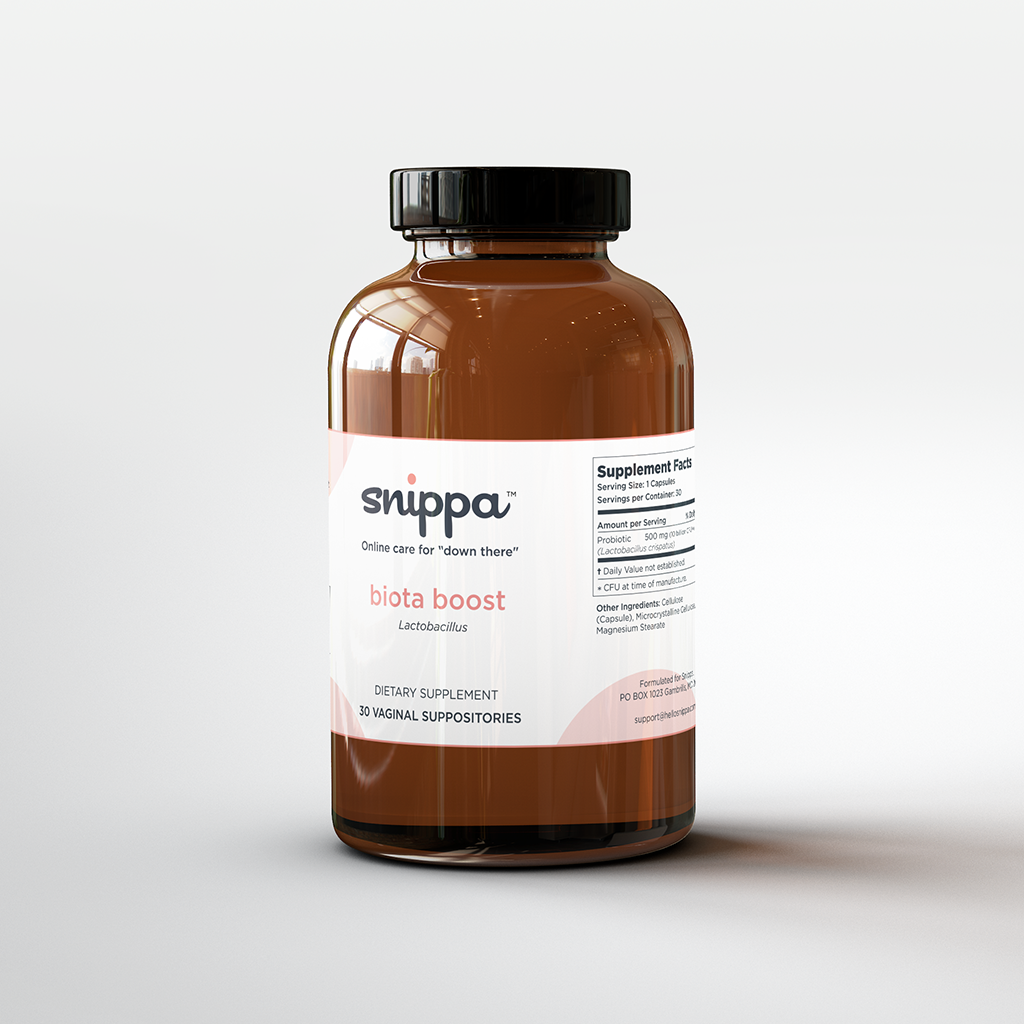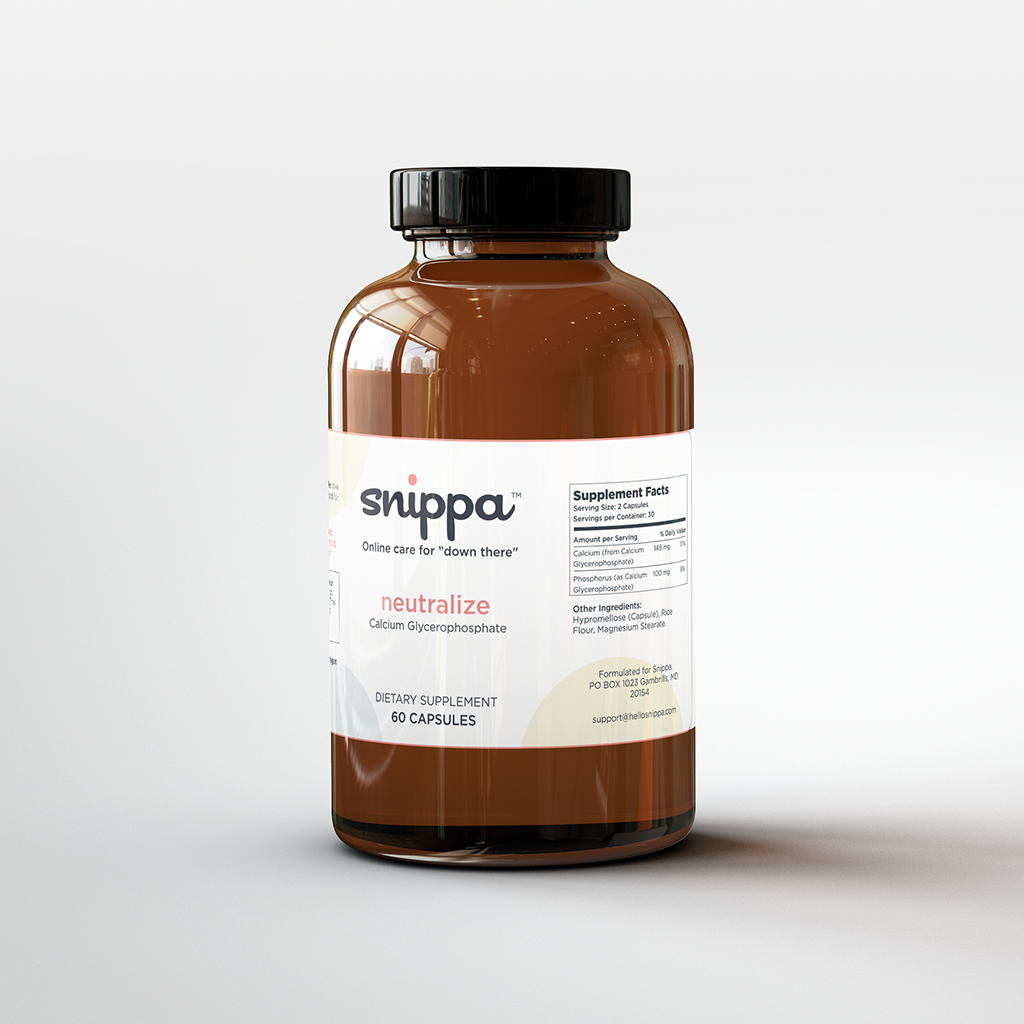Did you know that half of adult women experience some form of bothersome urinary symptoms?
Myth: Frequent, urgent urination or leakage of urine are normal side effects of aging or childbearing.
While common, these are not inevitable conditions and can be effectively treated, in many cases without surgical intervention. Overactive Bladder (OAB) characterizes patients who experience frequent urination and strong urges to urinate with short warning times. These patients may or may not have associated leakage or urinary incontinence (UI).
When leakage of urine does occur, it is important to distinguish whether this is a result of urge (UUI) or stress urinary incontinence (SUI). While both can result in leakage of urine, the causes and treatment recommendations are different. Some patients have a combination of urge and stress incontinence, referred to as mixed incontinence (MUI).





